Emotional Care Design Guide: Best Practices for Stair Handrail Safety & Accessibility
This thoughtful design prioritizes comfort and safety, specifically catering to seniors and expectant mothers. For elderly residents in older neighborhoods, daily stair climbing presents significant challenges and discomfort.
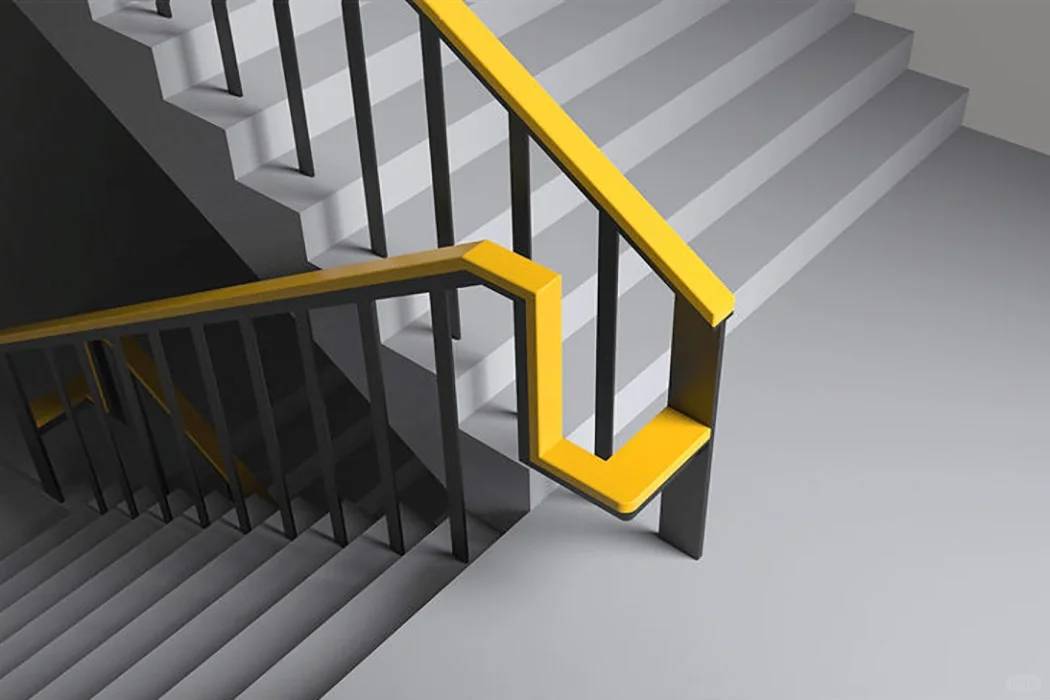
The innovative solution transforms traditional staircases with a revolutionary approach. The Z-shaped segmented handrail offers optimal support for seniors during ascent and descent, while helping pregnant women clearly visualize each step to avoid missteps. Cleverly integrated rest zones at every turn (Figures 1-3) demonstrate exceptional user-centric thinking—a design breakthrough that deserves global recognition!
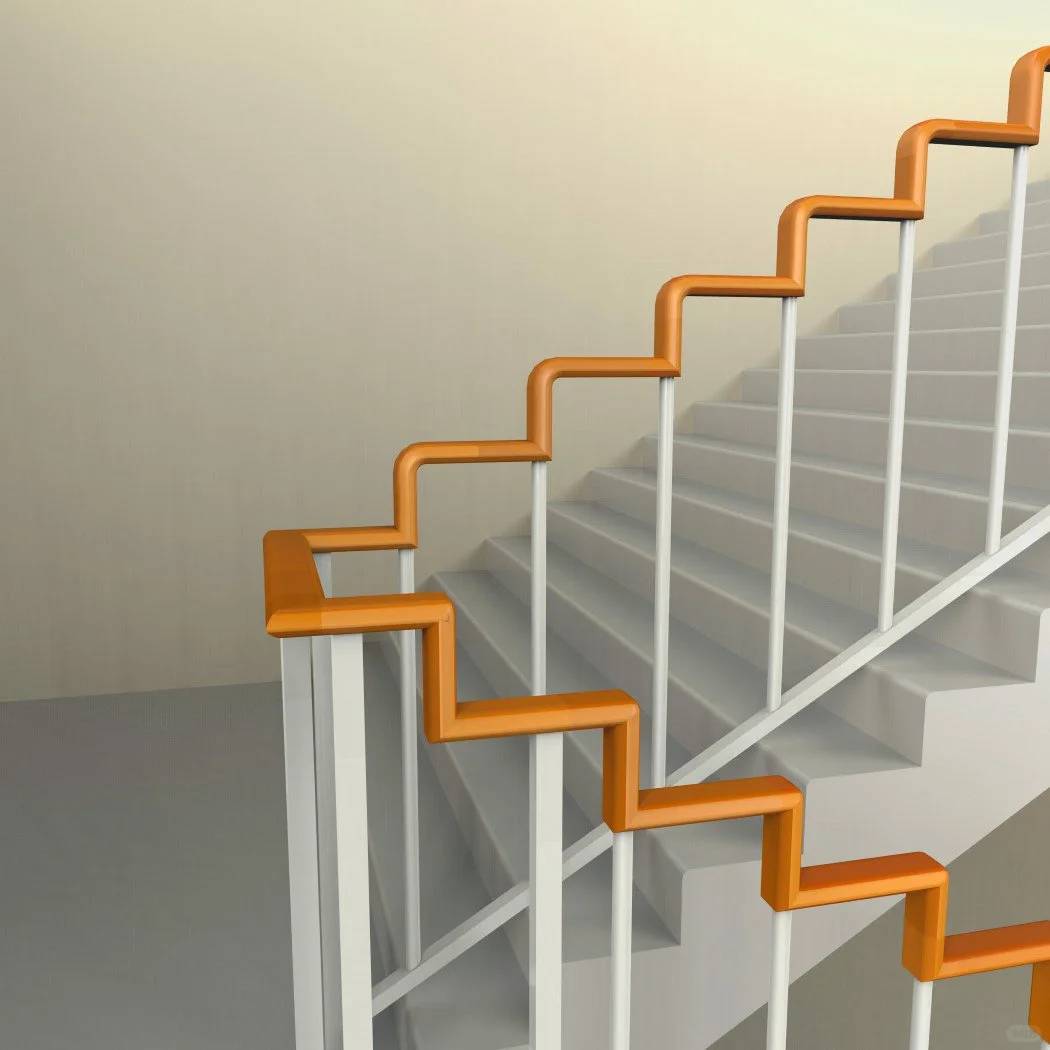
Design Team: Shenzhen Jinwei Innovation Design
Origin: China
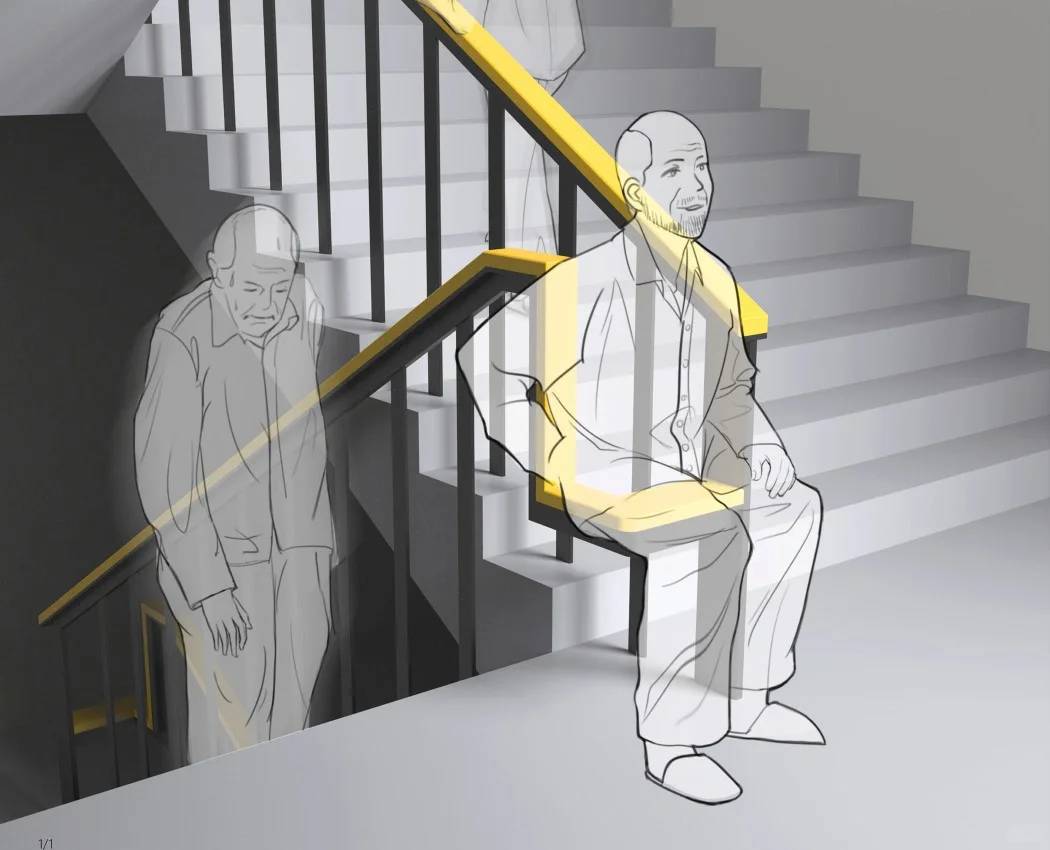

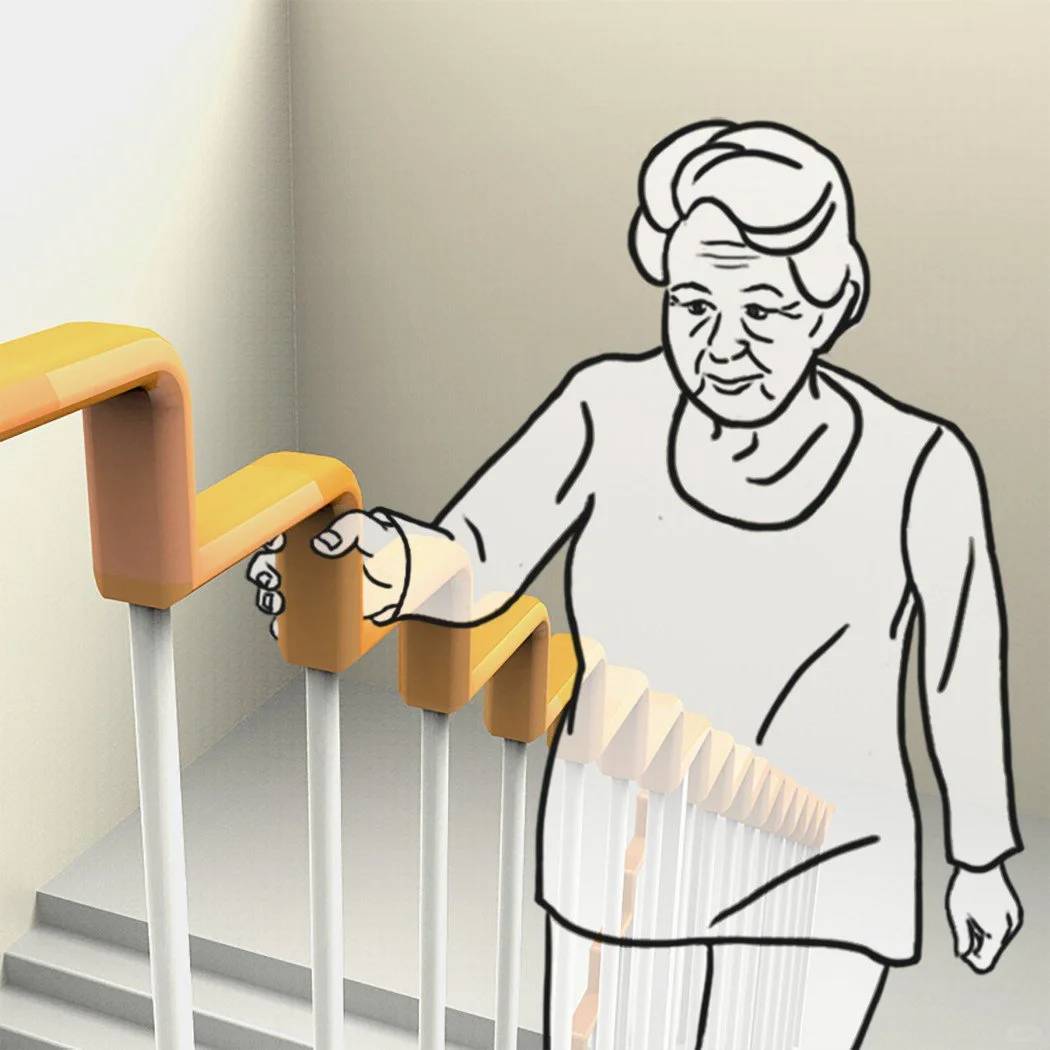

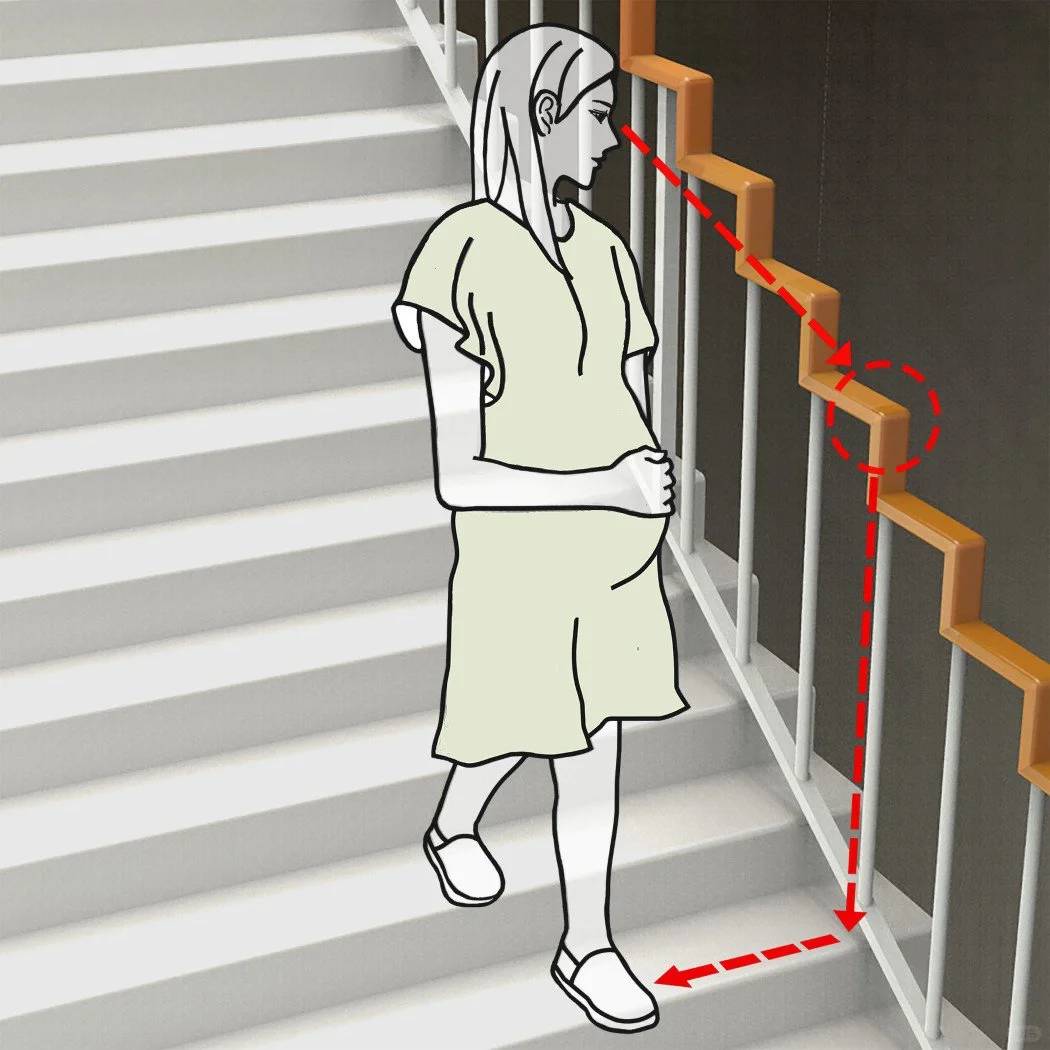
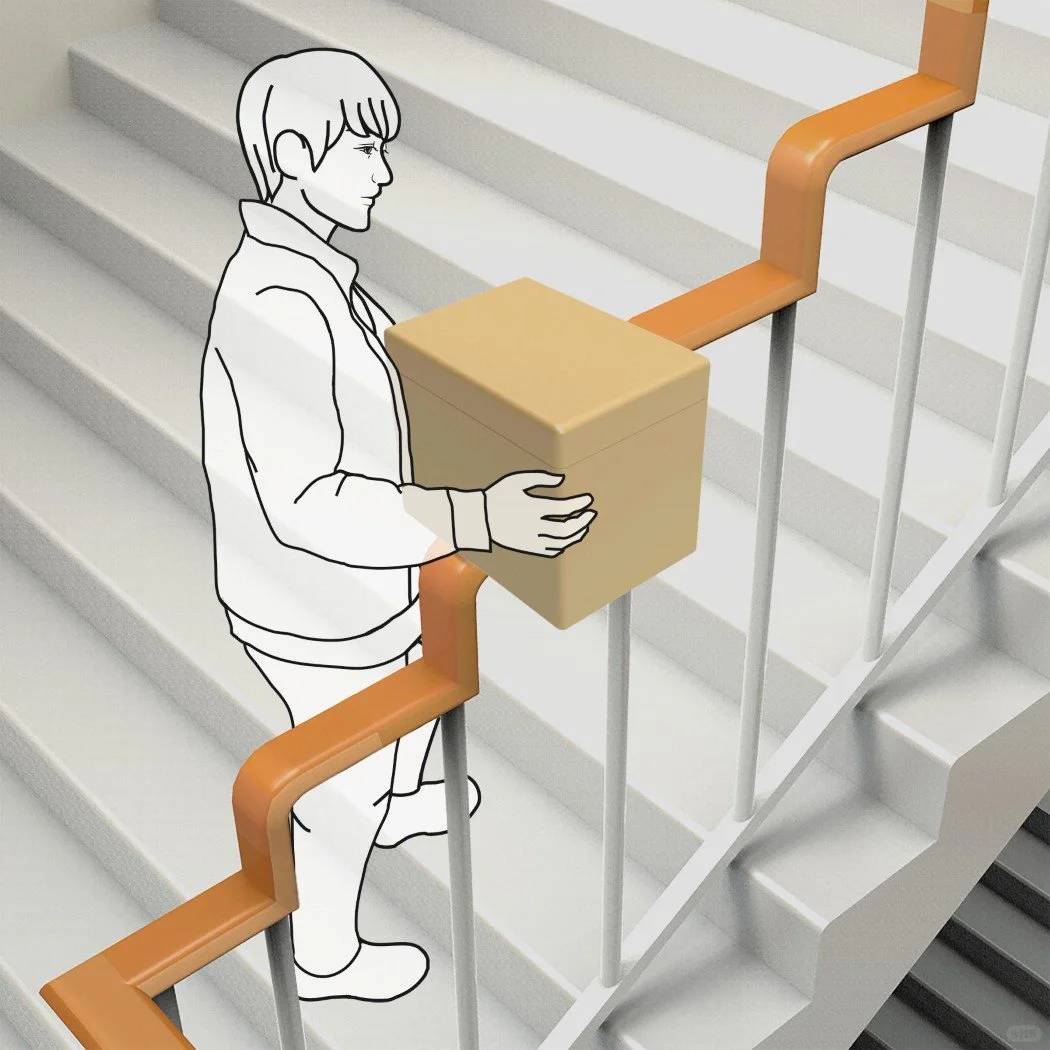
This emotional care design is such a thoughtful idea—it really shows how much difference small changes can make for vulnerable groups. I especially love the Z-shaped handrail and those rest zones; they’re practical and make so much sense!
This design is so thoughtful! I love how it considers both physical support and clear guidance for different users. The rest zones are a brilliant addition—giving people a chance to pause feels really considerate. It could make such a big difference in making stairs safer for everyone.
This emotional care design really hits the mark for making stairs safer and more accessible! I love how the Z-shaped handrail supports different needs, and those rest zones are such a smart touch. It’s great to see designs that prioritize comfort without sacrificing style.
This emotional care design is exactly what’s needed in older buildings! I love how the Z-shaped handrail supports multiple needs, especially for pregnant women who often struggle with visibility on stairs. Those rest zones are such a smart touch—they show real empathy for users’ limitations. It’s inspiring to see safety and comfort prioritized like this.
This design really nails the balance between functionality and empathy. I love how it considers specific needs like pregnancy and aging, and those rest zones are such a smart touch!
This design really nails the balance between functionality and empathy. I love how it considers specific needs like pregnancy and aging, and those rest zones are such a smart touch—it shows they truly thought about the whole experience.
This Z-shaped handrail design is genius! The rest zones are such a thoughtful touch for seniors who might need to pause during stair climbing. I wonder if adding textured surfaces could make it even more helpful for people with limited vision?
Great suggestion! Textured surfaces could indeed enhance tactile feedback for visually impaired users—I’d recommend incorporating raised dots or grooves for better grip and wayfinding. Your insight aligns perfectly with inclusive design principles. Thanks for sharing this thoughtful idea!
This Z-shaped handrail design is brilliant! The rest zones are such a thoughtful touch for seniors who need breaks. I wish more public buildings would implement solutions like this – it’s amazing how small design changes can make such a big difference in accessibility.
This Z-shaped handrail design is brilliant! The rest zones are such a thoughtful touch for seniors who might need a quick break. As someone who helps my elderly neighbor with groceries, I can see how this would make staircases way less intimidating for her.
This Z-shaped handrail design is genius! The rest zones especially show how much thought went into making stairs less intimidating for vulnerable groups. As someone who’s helped elderly relatives navigate unsafe staircases, I wish more public spaces would adopt solutions like this.
This Z-shaped handrail design is brilliant! The rest zones are such a thoughtful touch for seniors who might need a quick break. I wonder if adding textured surfaces could help people with visual impairments too?
Great suggestion! Textured surfaces like tactile strips or grooves could indeed enhance accessibility for visually impaired users by providing better grip and orientation cues. I particularly like how this complements the existing rest zones for a more inclusive design. Thanks for sharing this thoughtful idea—it’s exactly the kind of detail that makes universal design so impactful.
This Z-shaped handrail design is brilliant! The rest zones at each turn show such thoughtful consideration for people who need extra support. As someone who’s helped elderly relatives navigate stairs, I can see how this would make a real difference in their daily lives.
This Z-shaped handrail design is brilliant! The rest zones especially show how much thought went into making stairs less intimidating for vulnerable groups. As someone who’s helped elderly relatives navigate unsafe stairs, I wish more buildings would adopt solutions like this.
Thank you for sharing your personal experience—it’s wonderful to hear how much you appreciate the thought behind these designs! I completely agree that small details like rest zones can make a huge difference for accessibility. Here’s hoping more architects take inspiration from these solutions in future projects!
This is such a thoughtful approach to design. The Z-shaped handrail and integrated rest areas seem like a genuinely smart way to provide both physical and emotional comfort for those who need it most. It’s great to see safety and accessibility addressed with so much care.
This is such a thoughtful approach to design. The Z-shaped handrail and integrated rest zones are brilliant for providing both physical support and visual clarity. It’s great to see solutions that genuinely consider the user’s emotional and physical comfort.